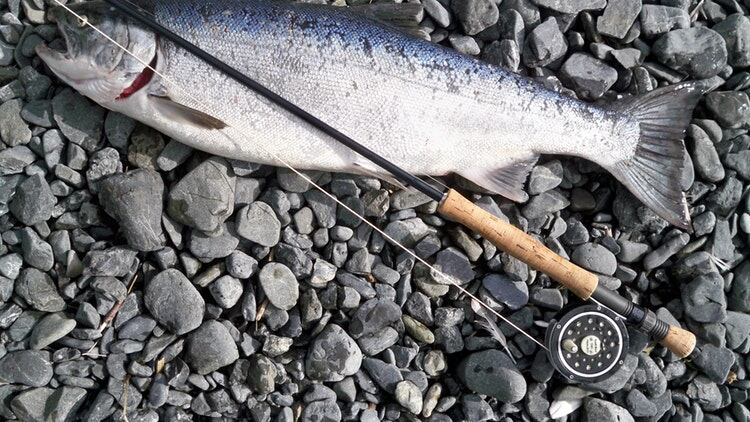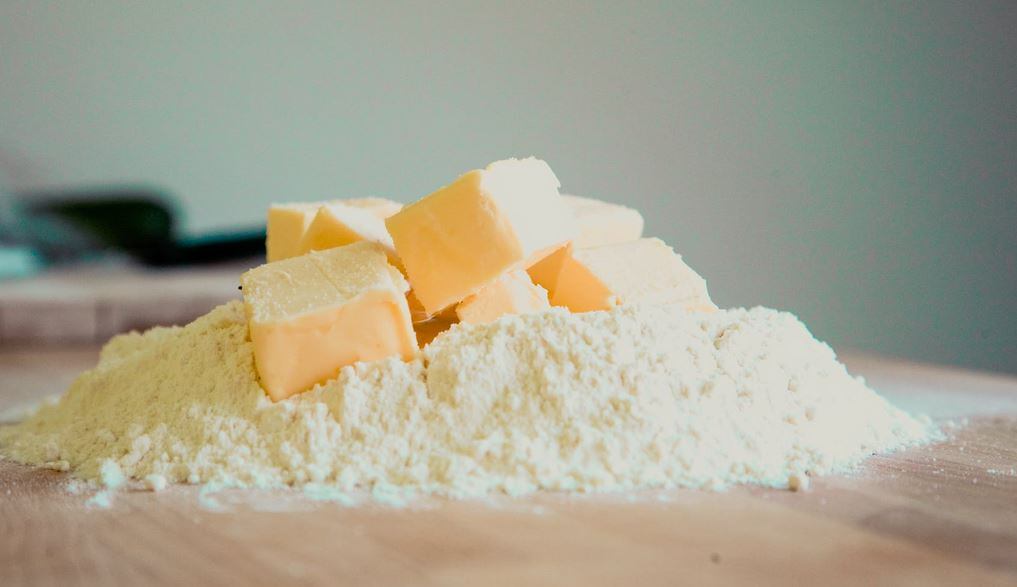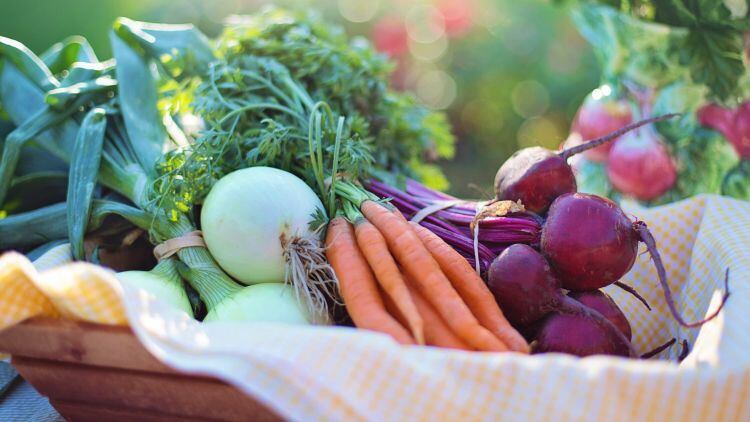Much of the increase has been down to the difficulties in the North Sea, where bad weather has prevented boats from reaching key fishing grounds and reduced catches.
The latest edition of the Foodservice Price Index from CGA and Prestige Purchasing has looked at foodservice data drawn from 7.8m transactions per month.
The research said fishing vessels have already been limited to lower quotas for cod and haddock over the past year and recent weather conditions have only compounded the impact and, as a result, there has been a high level of inflation when compared to the same time last year.
Fruit prices have also remained high but the index predicted this will ease as we move into spring and summer when the UK’s reliance on imports reduces.
Peak production
Similarly, dairy commodities, while still up compared to 12 months ago, have also started to fall and are expected to continue to do so as the peak production season of spring comes up.
Oils and fats continue to trend downwards and are now below levels seen in March last year. Major food oil commodities are tracking below price levels of last year, boosted by strong import volumes into the EU in recent months.
The fall in UK butter prices seen since last October has also contributed to the drop in inflation for this category.
Meat prices have also fallen from last month as they recover from the peak of Christmas demand. Pork and lamb prices have continued to stay down from this time last year but demand for specific products such as bacon, have seen some recent rises, with reports of stockpiling in the lead up to Brexit.
Prestige Purchasing chief executive Shaun Allen said: “Food prices in the sector have been consistently tracking at higher levels for nearly a year and the latest inflation level of almost 10% this month reflects the extent of how much the supply markets have been impacted compared to the same period last year.
“However, the outlook on inflation is looking more positive for operators, as the Foodservice Price Index has fallen slightly over the past two months, indicating inflation in the sector looks to have peaked and is forecast to drop back over the coming months. This would be subject still to the outcome of Brexit [in the hope that it] does not lead to major disruption to the availability of products from the EU and introduction of World Trade Organisation tariffs.”
Patchy confidence
A plethora of issues is causing prices to remain high, according to CGA client director of food Fiona Speakman.
She said: “The challenge of inflation in the foodservice sector intensified yet again this month with prices of imported items like fish and fruit running at high levels.
“Combined with Brexit-related economic uncertainty, patchy consumer confidence and various supply issues, it is making forecasting extremely difficult for operators across the industry.
“Whatever the eventual outcome of Brexit negotiations, it will be absolutely crucial in the coming months for all firms to stay right on top of both business-side and consumer-side trends and make their purchasing strategies as sharp as possible.”




